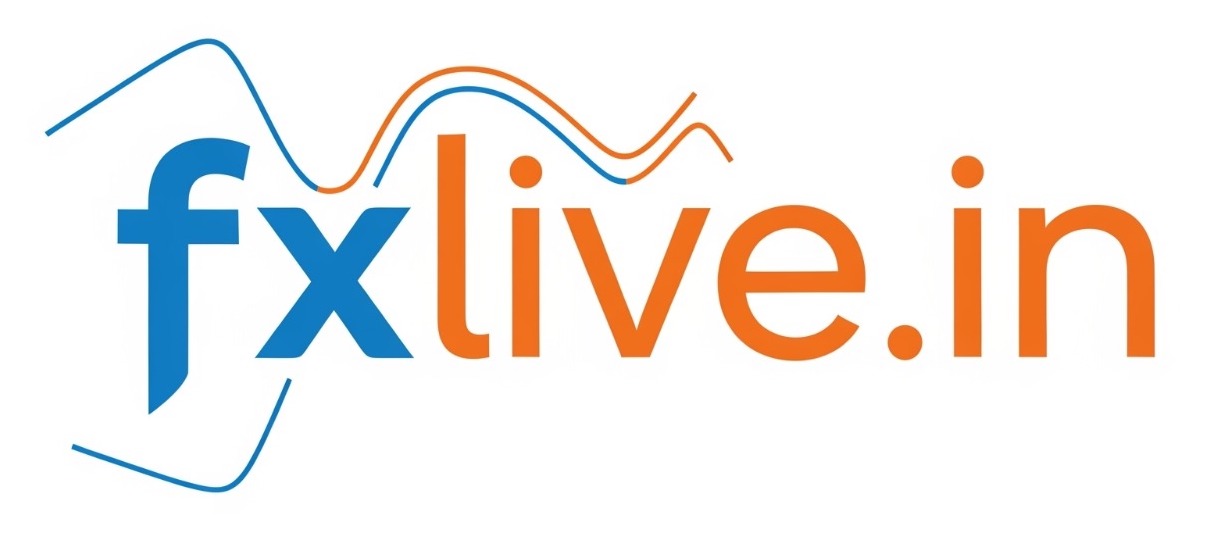Jai Siya Ram
Tough Time for India if There’s No Trade Deal — Full Analysis
Lede: India faces meaningful economic and political costs if it fails to clinch major trade deals — especially with the United States. Falling short would expose exporters to punitive tariffs, reduce market access for services and goods, slow growth, and force New Delhi to accelerate alternative trade and domestic policy responses. Below is a concise, sourced explainer of what’s at stake, who would be hit hardest, and what India can (and should) do next.
What’s happening now (short background)
The U.S. has recently imposed large reciprocal tariffs on Indian imports as leverage in negotiations, and talks toward a trade deal have been contentious — with New Delhi holding firm on sensitive sectors like agriculture and dairy. The tariffs and strained talks have already raised concerns about the future of the bilateral economic partnership.
Immediate economic impacts (who loses, and how much)
- Export shock for goods and manufacturing.
Tariffs increase the price of Indian exports in key markets. Sectors that sell physical goods — textiles, apparel, gems & jewellery, leather goods and certain engineered products — would see demand fall and profit margins squeezed if preferential market access disappears. - Services exposure — IT & BPO at risk.
India’s services exports (IT outsourcing, business process services) are a major source of foreign exchange and jobs. Proposals discussed in Washington could target services through restrictions or higher costs, which would hit employment and foreign-earnings. Analysts warn such measures could shave meaningful points off growth projections. - Macro growth and fiscal pressure.
Policymakers and some independent estimates indicate tariffs and lost market access could lower GDP growth and force fiscal trade-offs. For example, policymakers are already discussing GST tweaks and targeted relief for export sectors to blunt the blow. One estimate (from Indian government commentary) suggested tariffs could shave around 0.5–0.6 percentage points off GDP growth in the near term for exposed sectors. - Supply-chain disruptions and inflation.
Tariffs and decoupling increase input costs for Indian industry that imports intermediate goods. That can raise domestic inflation, hurt competitiveness, and complicate India’s “Make in India” push.
Political & strategic consequences
- Diplomatic friction with a strategic partner. India and the U.S. cooperate on security and geopolitics; a breakdown on trade risks politicizing other areas of cooperation and could limit strategic alignment over the medium term.
- Domestic political pressure. Exporters, states dependent on manufacturing or IT employment, and farming/livestock constituencies (if agriculture is on the table) would lobby heavily — raising pressure on New Delhi to either compromise or provide costly compensation.
Alternatives & mitigation strategies for India
- Diversify markets quickly.
Accelerate trade deals and market access with the EU, UK, Japan, and regional partners. Recent successful deals (e.g., UK–India) show alternatives exist but they require speed and political will. - Domestic cushions.
Short-term support (tax relief, targeted subsidies, export credit) and longer-term reforms (logistics, quality standards, product upgradation) can help exporters remain competitive. Fiscal room is limited, so targeted measures that maximize jobs per rupee are preferred. - Supply-chain onshoring and value-addition.
Move beyond raw exports to attract investment in processing and higher-value manufacturing inside India — part of “Make in India” and the stated policy response to shocks. This requires faster approvals, skills training, and infrastructure spend. - Legal and diplomatic routes.
Where tariffs breach WTO rules, India can pursue legal challenges while using diplomacy to rally multilateral support; however, legal processes are slow and don’t remove immediate pain.
Likely timeline & risks
- Short term (weeks–months): Exporters face revenue hits; government may announce relief packages and seek emergency market diversification.
- Medium term (6–18 months): If no deal, job losses in exposed sectors rise and growth forecasts are revised down; India’s negotiating leverage and political costs will shape whether concessions are made.
- Long term: New trade relationships (EU/UK) and domestic industrial policy could reconfigure India’s trade pattern — but only if New Delhi invests now to upgrade competitiveness.
Bottom line (what this means for India)
Failing to secure a workable trade arrangement with major partners — especially if combined with punitive tariffs — is likely to cause a painful adjustment: slower export growth, job risk in exposed sectors, political pressure for costly relief, and the need for accelerated reforms and new trade partnerships. India isn’t without options, but action will be needed fast to limit economic damage and preserve strategic relationships.


